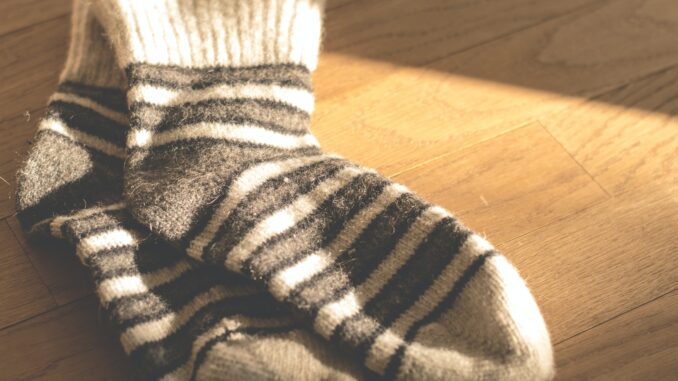
Some people complain about cold hands and feet. Under normal conditions, there is nothing to worry about. The body maintains its temperature through the hands and feet. But if the body is warm and only the hands and feet are cold, something else could be the contributor. This article discusses some possible causes and ways to remedy this issue.
Iron deficiency
A possible cause of cold hands and feet is iron deficiency. Iron deficiency is a medical condition in which red blood cells in the body fall below the average level. Low iron levels impair the production of healthy blood cells and impairs oxygen transport around the body.
Restoring iron levels can help. Intravenous iron therapy or iron IV drip is an effective and convenient method to restore iron levels. The medical professionals at Drip Hydration, Reviv, and IV Drips visit your house to administer treatment so you don’t have to risk exposure to illnesses at a clinic or IV bar.
One way to restore low iron levels is by changing your diet to include more iron-rich foods or adding supplements to your daily routine. Getting an iron IV drip is the fastest and most effective remedy.
Raynaud’s phenomenon
Cold extremities are a complaint common among young people. But there is nothing to be concerned about. It could be a sign of Raynaud’s phenomenon, a benign condition. This condition causes the blood vessels to get overly constricted when you feel cold.
The constriction of blood vessels is a healthy, normal response to cold to preserve your temperature and protect organs. But when you have Raynaud’s phenomenon, the arteries in the toes and fingers constrict when exposed to extreme cold, causing the vessels to shut.
Besides the cold hands and feet, Raynaud’s phenomenon causes color changes to one or more fingers. A finger may turn blue, white, or purple when cold. As it rewarms, it restores its usual color. These changes can be alarming, but they are harmless.
Diabetic complications
If you are a diabetic patient or at risk of developing diabetes, that can cause various problems to your feet, damaging the nerves. Your feet may feel cold but warm when you touch them. This diabetic complication is called peripheral neuropathy.
Another diabetic complication is peripheral artery disease, a condition that blocks or slows the blood flow to your feet and legs. Such poor blood circulation can make your feet cold. In all these cases, the numbness in your hands and feet are just symptoms, and the remedy lies in treating diabetes.
Other causes
Alcoholism, substance abuse, autoimmune diseases, bone marrow disorders, and underactive thyroid can also be probable causes. Injury, lack of vitamins, and certain medications are also some of the things that can lead to cold hands and feet. Diabetic patients suffering from the above conditions are susceptible to such symptoms.
If you regularly experience cold hands and feet, it’s important to visit your doctor to determine the cause. That way, you can get treatment early if necessary.
Ways to keep your hands and feet warm
- Help educate kids on what to do when their hands and feet get cold. Make sure children are warmly dressed. Tell them to come inside and not be outdoors if they feel cold or their feet or hands get chilled.
- Do a warmup. Get your blood circulating by doing jumping jacks. Don’t stay still in place or sit for too long. Keep moving. Twist your arms and wiggle your toes. Make circles in the sand with your feet. If your fingers are stiff, make circles in the air. Make circles with your arms for better blood flow circulation.
- Wear slippers, warm socks, or a sweater inside if your hands and feet are cold.
- Exercise and walk every day to improve blood circulation.
- Keep warmers such as reusable or single-use commercial foot or hand warmers when outside in the cold weather.
- Use a heating pad, which comes in different styles and sizes that you can use for different parts of your body.
- Move around regularly and sufficiently. If you sit for long hours, get up every half an hour to walk around and stretch.
- Hold something warm in your hands, such as a warm drink or a hot water bottle.
- Use a heating device in critical locations such as your feet and lower back while relaxing at any time, which can help your veins open to allow more blood circulation to your hands and legs.
- Briskly massage your feet and hands when they feel cold.
Consider wearing a cap, gloves, hat, and a coat when it is cold. Wear layers of clothes to keep your body warm. Avoid wearing tight clothing. A turtleneck or scarf can help you stay warm.

Leave a Reply